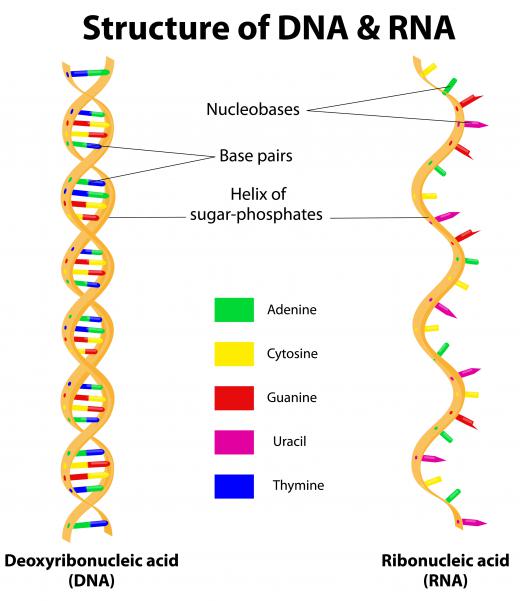What are Saccharides?
Saccharides are one of the most important biomolecules in the world. Also known as carbohydrates, they are responsible for various roles in all living things, most notably in controlling the energy in cells as well as providing structural integrity. In addition, saccharides provide a role in the immune system, development and fertilization.
These molecules are the most abundant organic matter on the planet. They provide the basic backbone of energy storage, fuel cellular function and render the metabolic processes stable. Also, saccharides form the structural framework for ribonucleic acid (RNA) and deoxoribonucleic acid (DNA) with the basic sugars ribose and deoxyribose. Bacterial and plant cell walls are comprised of the biomolecule, resulting in its overwhelming abundance. Lastly, these carbohydrates play the key role in controlling the interactions of cells themselves as well as collections of cells. This is caused by the saccharide link to proteins and lipids.

Saccharides are comprised of two basic compounds: aldehydes and ketones, both of which contain a carbonyl group composed of double-bonded carbon and oxygen atoms. Aldehydes have the addition of a hydrogen atom, while ketones bond with two additional carbon atoms. However, there are additional forms of saccharides which feature covalent bonds in which electrons are shared by oxygen and hydrogen. These are known as hydroxyl groups.
When a compound for this biomolecule is collected, it is known as a monosaccharide. The major examples of these are glucose, galactose and fructose. Glucose is also known as blood sugar and is the major source of energy for a cell. Galactose and fructose are also major sugars. Galactose is found most readily in milk and dairy products, while fructose is found in most vegetables and fruit.
Monosaccharides merge together in linked groups known as polysaccharides. Polysaccharides are essentially carbohydrate structures formed from repeated units bonded chemically. This form of link is known as a cosidic bond. Usually, polysaccharides form into linear compounds; however, various branching can occur, changing the shape. Polysaccharides are known as macromolecules and feature a number of different properties such as a repositioning of atoms and possible insolubility in water. One example of repositioning is in the form of DNA. DNA is merely RNA with a modified version of ribose called deoxyribose.
AS FEATURED ON:
AS FEATURED ON:











Discuss this Article
Post your comments